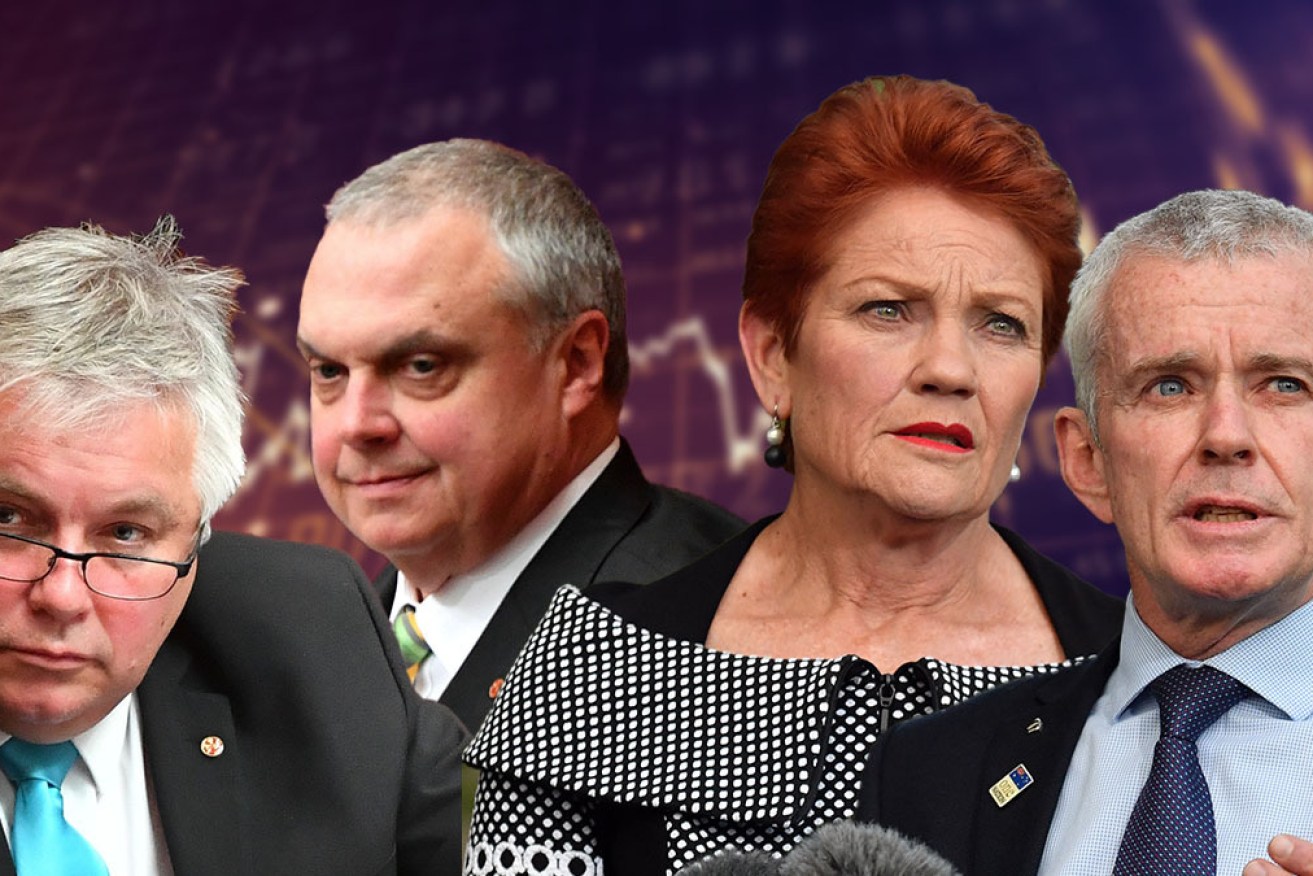Pandemic slump lights up political battle over superannuation rises


The Coalition would need the support of at least three backbenchers to block a rise in the superannuation guarantee. Photo: TND
News that superannuation contributions have fallen into negative territory for the first time since compulsory super was introduced in 1992 has increased pressure on the political argument over planned super guarantee rises.
And what happens next could depend on a handful of backbenchers.
Official figures from regulator APRA show that net contributions collapsed to negative $2.258 billion in the June quarter, compared to a positive $15.5 billion for the same period in 2019.
This means Australians withdrew $2.258 billion more from the superannuation system than they put into it over the three months to June 30 – during which time they withdrew $20 billion via the Coalition’s early super access scheme. 
Since then, early withdrawals have spiked to $31.7 billion and are expected to hit $42 billion by December.
“That means we are likely to see negative contribution flows during the September quarter as well,” said Ian Fryer, director of research house Chant West.
A political fight is brewing
The spike in super withdrawals is lighting a fire under the political fight over the scheduled rise in the superannuation guarantee (SG) to 10 per cent in July 2021.
Prime Minister Scott Morrison recently raised the prospect of blocking the legislated rise because of COVID-19 and Superannuation Minister Jane Hume said she was “ambivalent” and that the government would need to “make sure that we can persuade the public that the trade-off is the right one to make”.
Labor shadow financial services spokesman Stephen Jones said he strongly opposed any move to block the SG rise and the politics would be difficult for the Coalition.
“It will be a hell of a fight if the government decides to break their election commitment,” he said.
Because the government would need to pass legislation to reverse the planned SG increases, it needs the support of at least three crossbenchers in the Senate.
Independent Rex Patrick told The New Daily he supported the SG rise, while Centre Alliance Senator Stirling Griff could go with the government and said: “I would make no comment until I see the legislation.”
Pauline Hanson’s One Nation would be the most likely source of support for the government, with Senator Malcolm Roberts reported as backing a delay in the SG rise.
Senator Hanson’s view is unknown as she did not respond to The New Daily on the issue.
Meanwhile, the superannuation industry sees the APRA figures as yet another reason why the legislated increases should go ahead.
“[The figures] reinforce the importance of preserving the legislated increase in the superannuation guarantee to 12 per cent,” said Dr Martin Fahy, CEO of the Association of Superannuation Funds of Australia.
Industry Super Australia CEO Bernie Dean echoed those sentiments.
“The case for the super rise has never been stronger, helping those who have drained their super accounts make up the lost ground, and funds to keep investing in things that create jobs,” he said.
Though all types of funds saw overall balances fall during the quarter, not-for-profit funds performed best.
Public-sector and industry funds saw overall balances fall 1.6 and 3.1 per cent respectively, while retail funds declined 7.4 per cent and self-managed fund balances dropped 4.5 per cent.
“The low public-sector figure shows that very few public-sector workers lost their jobs, while the high figure for retail funds resulted from both early withdrawals and the ongoing move out of retail funds to industry funds,” Mr Fryer said.
That outflow has been driven by poor performance and negative publicity emanating from the Hayne royal commission.
Exceeding expectations
Despite the negative contributions, “if you look into the figures they are remarkably robust,” said Alex Dunnin, executive director of research and compliance at Rainmaker.
“There were no big problems with fund liquidity as some were warning early in the crisis, and despite the market fallout, funds finished up at the end of June pretty much where they started the year. It’s a stunning performance.”
APRA’s figures showed that pooled superannuation funds had net assets of $1.91 trillion at June 30, compared to $1.93 trillion a year earlier.
Early withdrawals meant that “that people are using their super to provide stimulus” in the eyes of Mr Jones.
To date, early super withdrawals have injected $31.7 billion into the economy while JobKeeper had provided $41.8 billion as of August 21.

Eva Scheerlinck sees a super black hole.
Overall, the expected $42 billion in total early withdrawals will ultimately blow a $100 billion hole in super balances by the time those who have taken out money retire, according to the Australian Institute of Superannuation Trustees and super group Mercer.
“If the money had been held in super and earned around 5.5 per cent a year and received superannuation tax breaks, it would have turned into $100 billion by the time those people retire,” Mercer partner David Knox told The New Daily.
As a result, AIST has called on the federal government to make one-off payments of up to $5000 into the super accounts of members who earn less than $39,837 a year to help boost their savings.
AIST CEO Eva Scheerlinck said the largest burden of these early withdrawals had fallen on women, young people and the poorly paid.
“There’s a compounding factor for young people as they’re the ones that will have to be footing the pension bill for older Australians with our ageing population while they are still working and then rebuild their superannuation balances,” she added.
The New Daily is owned Industry Super Holdings









